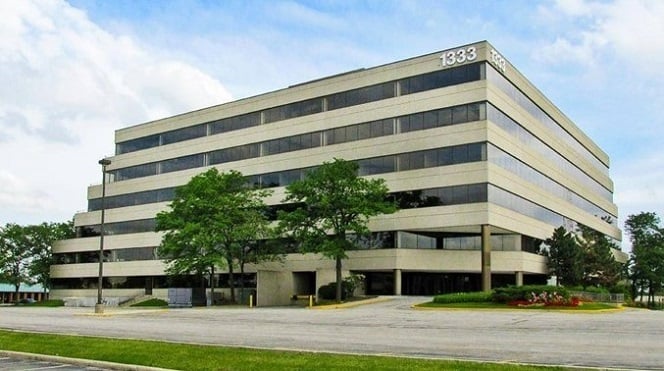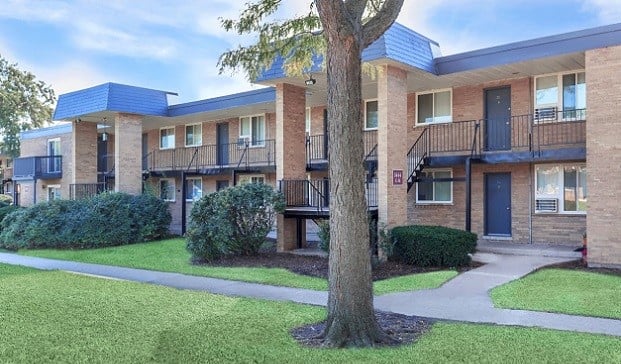Mandatory seismic retrofit codes and regulations are increasingly being enforced in cities across California. San Francisco has implemented the Mandatory Retrofit Ordinance, and a similar (and even more expansive) requirement is expected to go into effect in Los Angeles later this year. The aim of these regulations is to create a more seismcially resilient building stock, limit costly damage, and most importantly - protect life safety of building occupants in case of a severe seismic event.
There is possibly another argument for compliance: liability. Ignoring a requirement to make structural improvements could render a property owner/operator liable for damages (and could certainly void insurance coverage) in case of an earthquake. In a very unique legal case, a property owner in San Francisco was charged with negligence for not implementing mandatory seismic strengthening, and was held personally liable for the deaths of two tenants who were killed when the property collapsed.
In today's evolving landscape of seismic regulations, knowing exactly what codes apply when and to which properties, what incentives are available and when a property is compliant can be a confusing task.
The Case Study – Myrick vs. Mastagni
In 2010, the owner of a City of Paso Robles property that collapsed in the 2003 San Simeon earthquake was held personally liable for the deaths of two people on grounds of “negligence in failing to perform seismic retrofits of the building.” Although the defendent argued that he had “no duty to retrofit the building until 2018” (the deadline established by the City's retrofit ordinance), the courts ruled his decision to ignore California Government Code Section 8875.2 was “negligent” (for more information on the case, see here.)
California Government Code Section 8875.2 requires local building departments to identify buildings that are potentially hazardous during an earthquake and to set up a mitigation program to notify owners of their potentially dangerous structure. To address these requirements, the City of Paso Robles (and many other cities) have enacted ordinances requiring owners of unreinforced masonry buildings to retrofit buildings to comply with earthquake safety standards by the year 2018.
In effect, the courts ruled that the retrofit code is a minimum standard but property owners have a responsibility beyond this to act reasonably and responsibly considering the likelihood of damage and injury. In other words, in this extreme case the building owner had to proactively address deficiencies to avoid liability. The Paso Robles Press at the time reported that the Plaintiff's lawyers said this ruling would give owners of structurally weak buildings “the impetus needed to push them to commit to repairs.”
The Market Value of Retrofits
The legal line is thin and I am not an attorney. But, based on my many years as a structural engineer working in San Francisco, I do know that it pays to be proactive. Strengthening a property through retrofitting can be relatively straight forward and cost-effective, with great pay-offs in improved safety and property values. Retrofitted, compliant buildings are a more attractive and secure investment to lenders and property buyers alike, especially as market drivers are starting to alleviate some of the financial burden of retrofit mandates.
The US Resiliency Council (USRC) has been working to develop a rating system to improve the evaluation and standardization of seismic performance in buildings, which would serve as an additional draw that secures more qualified buyers and loan approvals for retrofitted buildings. Additionally, investing in structural strengthening will likely also lead to reduced insurance premiums or the elimination of the need for earthquake insurance.
In fact, many diligent owners/buyers are taking a proactive, staged approach to ensure preparedness even if no ordinance requiring retrofitting exists (yet). In addition, an increasing number of lenders are starting to require retrofits to provide financing for soft-story buildings.
Who Will pay?
Despite the convincing arguments for seismic improvements, it is apparent that cost and financing remains the biggest hurdle in implementing them on a large scale. I'm seeing many private lenders who are reluctant to finance retrofit projects, particularly for properties that produce limited revenue for the owner. Some lenders recognize the added opportunity to increase the loan at origination or issue a second loan to cover the cost of retrofitting, but are cautious because the increased expense may leave the borrower with insufficient funds and increase the chance of loan default or foreclosure.
A number of incentives to promote the leasing of newly retrofitted buildings exist, as well as business tax breaks. In California, the proposed Assembly Bill (AB) 428 would provide a five year, 30% state tax credit to property owners for performing seismic retrofits. Additional government sponsored programs that offset upfront costs of these projects include the newly expanded Property Assessed Clean Energy (PACE) program. PACE is one of the most cost-effective, low-risk financing initiatives that provides capital for seismic retrofits in addition to energy efficiency upgrades with loan repayment terms of up to 30 year. PACE loans are tied to the value of a property – not the credit of the borrower – with loan repayments made through the property's tax bills.
Ultimately, creative financing solutions will be critical to enable the widespread implementation of retrofits. If a property is in a seismic-risk zone (for reference, see here) it is important to understand the regulatory requirements and financing options. However, with so many market drivers and financial incentives supporting investment to upgrade seismic resilience, and the critical safety benefits this brings, retrofitting is likely to be a smart decision – mandatory retrofit ordinance and liability risk or not. In an upcoming webinar, my colleagues Jenny and Frank will discuss in more detail best practices and solutions to ensure seismic (and other) issues don't create a roadblock to your deal - register for it here!
© Touchpoint Markets, All Rights Reserved. Request academic re-use from www.copyright.com. All other uses, submit a request to [email protected]. For more inforrmation visit Asset & Logo Licensing.






